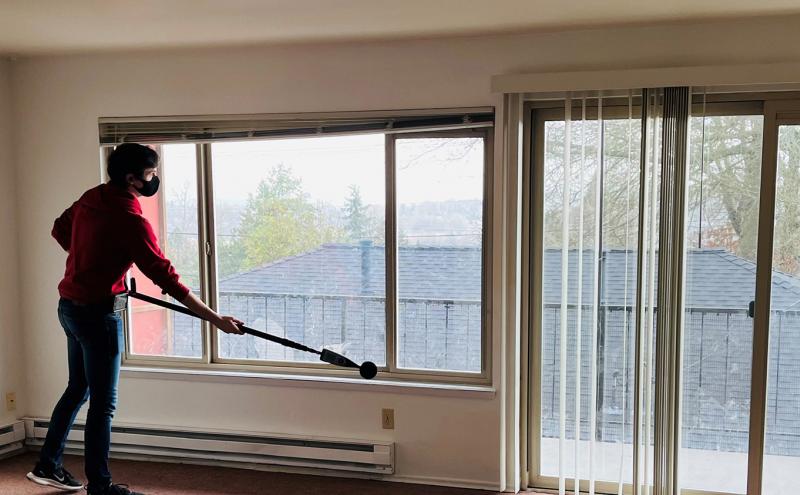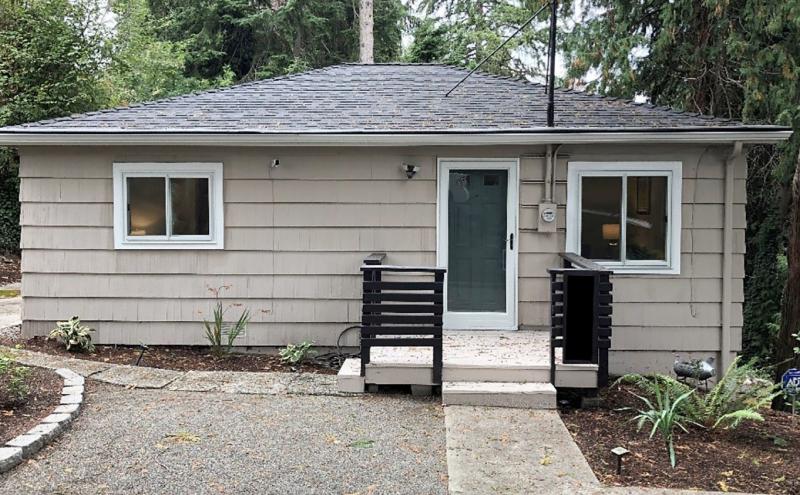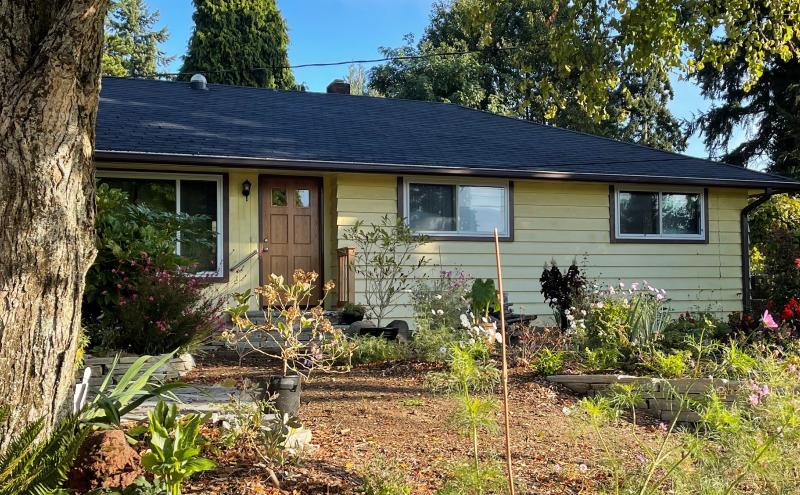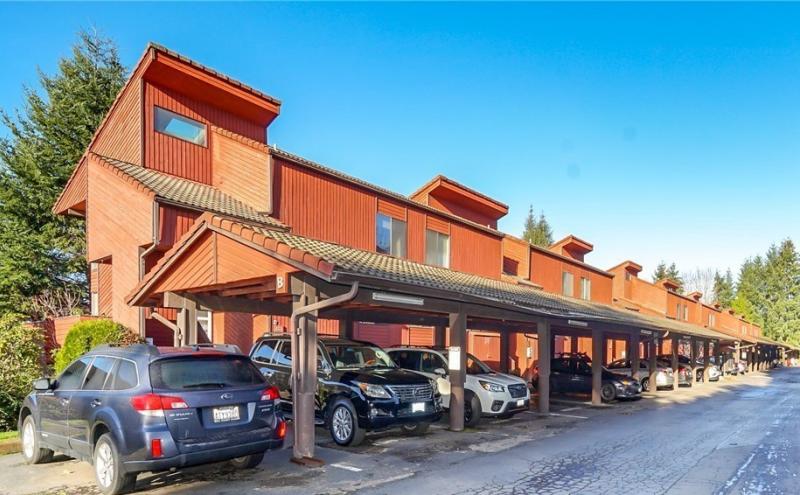
For neighbors living around Seattle-Tacoma International Airport (SEA), the sounds of aircraft taking off and landing can be disruptive. To minimize the noise impact and improve quality of life for airport neighbors, the Port of Seattle offers sound insulation for eligible properties including single-family homes, condos, apartments, and places of worship.
The Port Commission took an important next step this week to expand noise mitigation efforts in these communities, approving $40 million to begin the first phase of sound insulation construction for more than 215 apartment units in five apartment complexes located within SEA’s noise remedy boundary.
The Sound Insulation Program pace has accelerated to reduce noise impact in half the time of the initial 15-year program timeframe. Work is scheduled to be completed no later than 2026.
Program history
To date, the Port has completed nearly $300 million in sound reduction improvements for communities surrounding the airport, focusing on single-family homes and condominiums. Sound insulation near the airport is typically funded with approximately 80% in grants from the Federal Aviation Administration (FAA) and 20% funding from SEA Airport revenues. Completed work includes:
- Installation of sound insulation in over 9,400 single family homes since 1985
- Sound insulation in 246 condo units in five complexes
- Investments of $100 million for sound insulation ($50 million from the Port and $50 million from the FAA) in noise-impacted school buildings. Ten of 15 identified schools are complete
- Expenditures of $14 million for sound insulation in 14 Highline College buildings
Reducing noise impact
Am Phavong and her uncle have owned M&M Apartments, located 10 minutes from the airport in Burien, for over 20 years. The five-unit apartment complex lies directly under the flight path.
“It’s pretty loud,” said Phavong. “If a plane goes by when we’re standing outside having a conversation, we need to pause our conversation and let it pass by.”
She’s heard complaints from tenants over the years about the noise, but she didn’t think there was much she could do. Some tenants work the night shift and have trouble sleeping during the day with the frequent air traffic.
After learning about the Port’s Sound Insulation Program from neighbors, Phavong submitted an application for the apartments to be considered for sound insulation. A sound engineer hired by the Port recently came by to perform an acoustic test and confirmed their eligibility. Phavong’s building is in the phase one apartment group.
Qualifying and completing work through the Sound Insulation Program is a multi-step process that includes pre-testing, owner documentation, and professional design services to develop tailored noise reduction plans for individual properties before construction begins. The program team of specially-trained architects, engineers, construction managers, and acoustic specialists work together to plan and complete the sound insulation improvements.
For a home to be considered for the Sound Insulation Program, it must meet the following criteria:
- Located within the current SEA noise remedy boundary established under Federal Aviation Administration (FAA) accepted Noise Exposure Map (NEM)
- Built before 1986 or 1987 depending on the jurisdiction
- An average interior noise level that is 45 dB DNL or greater of habitable rooms with the windows and doors closed (as determined during acoustic testing)
Phavong said meeting the criteria means the quality of life for residents will improve, and that may mean long-term tenants for her.
“Our community is growing,” she said. “It is important for us to keep our community, and continue to grow and have a better place for both young generations and old generations.”
Increased outreach
In June 2021, Port staff launched an outreach campaign to contact 90 remaining homeowners in the airport's noise remedy boundary who may be eligible for sound insulation. The goal was to reach all potentially eligible homes.
Efforts to increase awareness have resulted in more applications for assistance:
- 70% of the places of worship and 78% of apartments in the noise remedy boundary have applied for the program
- Nearly half of the 140 single family homes identified as potentially eligible in 2019 have requested information and are at various stages of the sound insulation process. All interested and potentially eligible homes have been acoustically tested
- Five out of seven places of worship have applied; after acoustic testing, four were confirmed as eligible. Design is anticipated to start in Q1 2023
- 14 of 18 eligible apartment complexes (with 903 units) have applied for the program. Acoustic testing has been completed for all applicants. With over 60% of the paperwork finalized for apartments, design work has been accelerated
Part of this success is attributed to effective new outreach techniques like:
- Creation of user-friendly content on the Port website with videos, blog posts, press releases, and a virtual handbook; translation to 109 languages through Google Translate; and improved access to content for people with disabilities
- Increased outreach through mailing letters and multi-language postcards
To ensure outreach to all members of the diverse community, the program worked with the Port’s Office of Equity, Diversity, and Inclusion (OEDI) to use data from the Equity Index tool, an interactive and data-driven map that displays a visual representation of social and environmental disparities in King County. An OEDI report included demographic data within the noise remedy boundary, and the top nine languages from the report were included in postcard communications. To reduce the amount of text on the postcard, the team focused on the top three languages in future mailings with expanded text.









